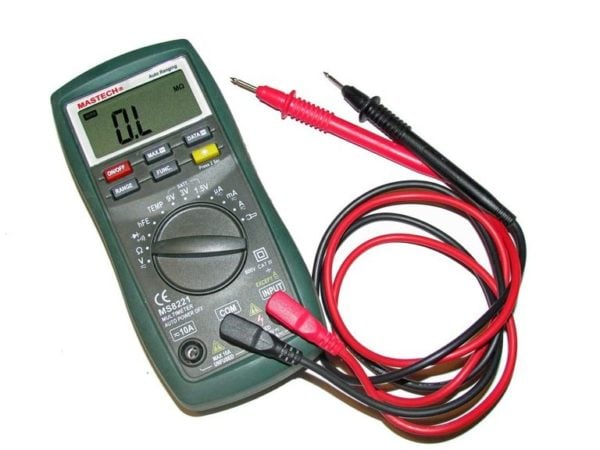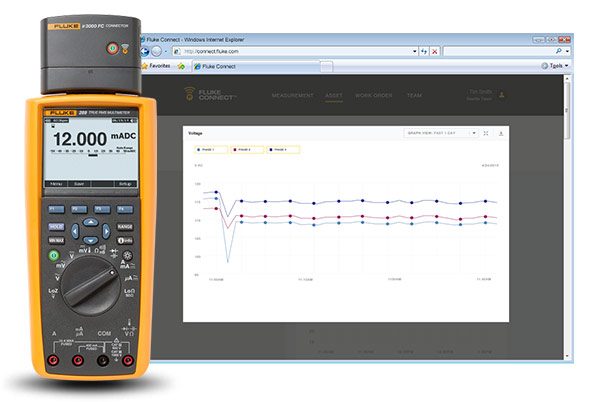The multimeter is a familiar device to everyone who specializes in the electricity sector. The device provides effective support for electricians and electrical engineers who need to test circuits, measure parameters, and so on.
The multimeter is an electrical measuring instrument with multiple functions. The basic functions include the ammeter, voltmeter, and ohmmeter. Furthermore, this device also can measure the power line frequency, capacitance capacitors, check transistors. Due to the usefulness of the device, many people need to purchase one. However, some people still have trouble finding the best multimeter to buy and understanding how to use it most effectively. This post will help you learn how to select and use a multimeter.
In fact, the multimeter is quite easy to use. Selection of the unit of measurement and scale can be performed by manipulating the buttons and switches on the device. Moreover, many modern multimeters can automatically select the scale.
1. Functions of multimeters
– Checking circuit connections: the machine will beep when the resistance between two probes is nearly equal to 0.
– Measuring small voltages or amperages when a large resistor is present.
– Measuring the inductance of the inductor and capacitance of the capacitor when checking and installing electrical circuits.
– Checking diodes and transistors.
– Providing support for temperature measurement using thermocouples.
– Measuring the average frequency when adjusting a radio circuit. The user would listen to the signal instead of seeing the signal as when using an oscillograph.
– Saving measurement data in the device.
2. Advantages and disadvantages of multimeter types: Analog multimeters
Advantages
– Usually preferred for testing whether semiconductor components such as a diode, transistor, or MOSFET are still active or not, because this type of device is easier to use for this task.
– Can be used to quickly check damaged components in electronic circuits.
– Lower price.
Disadvantages
– The needles or electronic circuits inside can easily break if the device is not used properly.
– It can be difficult to read the numeric values for the voltage, current, and resistance.
– The accuracy is not high.
3. Advantages and disadvantages of multimeter types: Digital multimeters
Advantages
– Easy to read and follow the numerical values displayed on the screen.
– High precision.
– High durability.
– Can be equipped with more advanced functions, such as measuring frequency or capacitance.
Disadvantages
– Expensive.
– Difficult to use, which could be a problem if the user wants to quickly check whether electronic components are damaged.
4. How to use a multimeter to measure current and voltage
Method 1: Use the scale line
In order to measure the current using a multimeter, you measure the load consumption, but you have to note that you can only measure an electric current lower the value that the scale allows. Next, you follow the steps below:
Step 1: Set the device on the highest scale line.
Step 2: Connect the rods of the device to the load, with the red rod on the positive side and the black rod on the negative side.
The device will then provide the current values.
Method 2: Use DC scale voltage
It is also possible to measure the current through the load by measuring the pressure drop across the resistor in series with the load limit line; the measured voltage divided by the limit value will indicate the current value. This method gives the user the ability to measure larger currents and is also safer.
To do this, read AC and DC voltage values. When measuring the DC voltage, you must read the value on the DCV.A index bar. If you set 250V for the scale, the highest value measurable is 250. When you are measuring the AC voltage, you must read the values on the AC.10V bar.
Featured photo credit: mjlorton via youtube.com















































